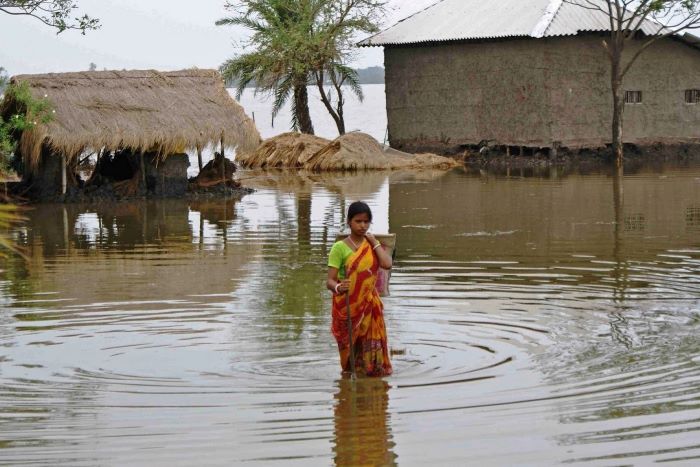We bid goodbye to another year in which extreme weather dominated headlines worldwide. The year began with a coldwave, with Spain reporting its heaviest snowfall in decades and Jammu & Kashmir battling its harshest winter in a long time. A study published at the beginning of the year, by Japan-based Research Institute for Humanity and Nature, estimated that the mean carbon footprint of the country’s top 20% of high-expenditure households was seven times more than their poorer counterparts (earning less than ₹140 a day).
In February, Uttarakhand’s Chamoli district was hit by a flash flood. While initial reports suggested the flooding was caused by a glacial break, a Geographical Survey of India (GSI) study later revealed a huge mass of rock and snow broke from a left valley of Raunthi Gad and crashed into the Rishiganga valley, triggering a flood which washed away hydropower infrastructure in Raini village. Meteorologists attributed the sudden landslide to the weather between February 4-6 when heavy snowfall was followed by sudden warmer climate.
Impacts of climate change, though, were felt as much in the Global North this year as they were in the Global South. An icy storm froze parts of southern and central USA at the end of February. Texas, in particular, battled extreme cold, with temperatures ranging between -2°C and -22°C power outages. Major power outages were reported across the state and citizens were asked to remain at home. In June-July, the Pacific north-west, a deadly heatwave affected nearly 50 million people. Salt Lake City hit a record-breaking 107°F (42°C) only for the second time in the past 147 years. In West Germany, floods triggered by record rainfall killed at least 220 people, mostly in Germany. A subsequent study found climate change made the floods up to nine times more likely.
Wildfires continued to rage this year, particularly in Siberia, the US and Turkey. A study found these deadly wildfires emitted 1.76 billion tonnes of carbon—more than double Germany’s annual emissions and half of the EU’s total annual emissions.
In the same month, landslides, flooding and cloud bursts in Himachal Pradesh, Maharashtra and Goa killed at least 164 people. Coastal India was hit by two cyclones this year. Cyclone Tauktae made landfall on the west coast, and left a trail of destruction in its wake, particularly in Maharashtra and Gujarat. With wind speeds as high as 157 kmph, Tauktae killed more than 50 people. Scientists linked the intensity of the cyclone to climate change. On the country’s east coast, Cyclone Yaas hit Odisha, West Bengal and Jharkhand killing 14 people. According to experts, Indian seas have recorded higher than normal temperatures recently, thereby creating conditions that are conducive to frequent and rapidly intensifying cyclones.
India’s monsoon season, which staggered and stretched from early June to late October, too bore deep impressions of climate change. The season was marked by poor temporal and spatial distribution as wild swings between dry spells and extremely wet ones saw massive episodes of flooding and damage across the country.
The year began winding down with some devastating news. In August, an Intergovernmental Panel on Climate Change (IPCC) report revealed there are no pathways left for the world that can limit warming to 1.5°C without crossing the threshold first. Warming beyond 1.5°C will be breached in the next couple of decades, the report warned.
For India, the year ended with the northeast monsoon recording 143.4% excess rain between November 1 and November 25, with flooding reports in Chennai and parts of Andhra Pradesh. For the second consecutive winter, however, La Niña is set to prolong the season and experts are blaming climate change for it. Experts believe La Niña has an impact primarily on winter rain over North India and will also lead to less snowfall over Western Himalayas.
About The Author
You may also like
With record breaking rain and heat, Uttarakhand reels under climate change impacts
Growing climate risks to India Inc call for a mindset shift, building resilience: Experts
Philippines island faces risk of heavy rainfall which is now 50% more intense, along with deadly landslides : WWA report
Seafood to lose nutritional value due to climate change: Study
14.5 million lives may be lost by 2050 due to climate change: WEF report


